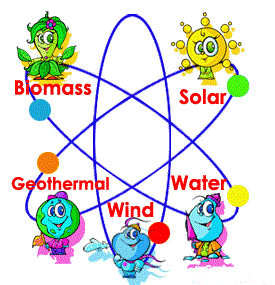There are two types of grid connect systems, those without battery backup and those with battery backup.
Grid connected systems without a battery consist of two main components, a solar PV array and a grid-connect inverter. If the utility grid fails then the solar PV array has no way of providing power as the inverter will automatically disconnect itself from the utility grid.
Grid-tied systems with a battery backup also have an array and a grid-tied inverter, but include the addition of a battery bank and charge controller. Systems with a battery bank can provide power in the event of the electricity (utility) grid failure.
There are many advantages of using a grid connected system
a) Simple to install;
b) High efficiency;
c) reliable;
d) flexible;
If we examine a typical household installation, please refer to the diagram below a number of essential components comprise the solar photovoltaic system.
1. Solar panels - one or more modules wired together to generate a specific voltage and current
2. Combiner (junction) Box - allows termination of the solar panels
3. Grid tie inverter - device that converts DC (direct current) to AC (alternating current).
4. import / export meter - records energy generated and consumed
5. Grid connect point - distribution board connection
6. Electrical load - appliances that are powered by alternating current.
In a typical grid-tied solar system, the DC electricity produced by the solar array.
Ifs fed by cables into a combiner (junction) box where the solar panels are terminated and connected together. A cable from the combiner box feeds the DC electricity into a grid-tied inverter. The inverter converts the DC electricity into AC electricity which is used by the appliances or fed into the grid. The output from the inverter is fed via a fuse directly into the main distribution (fuse board).
